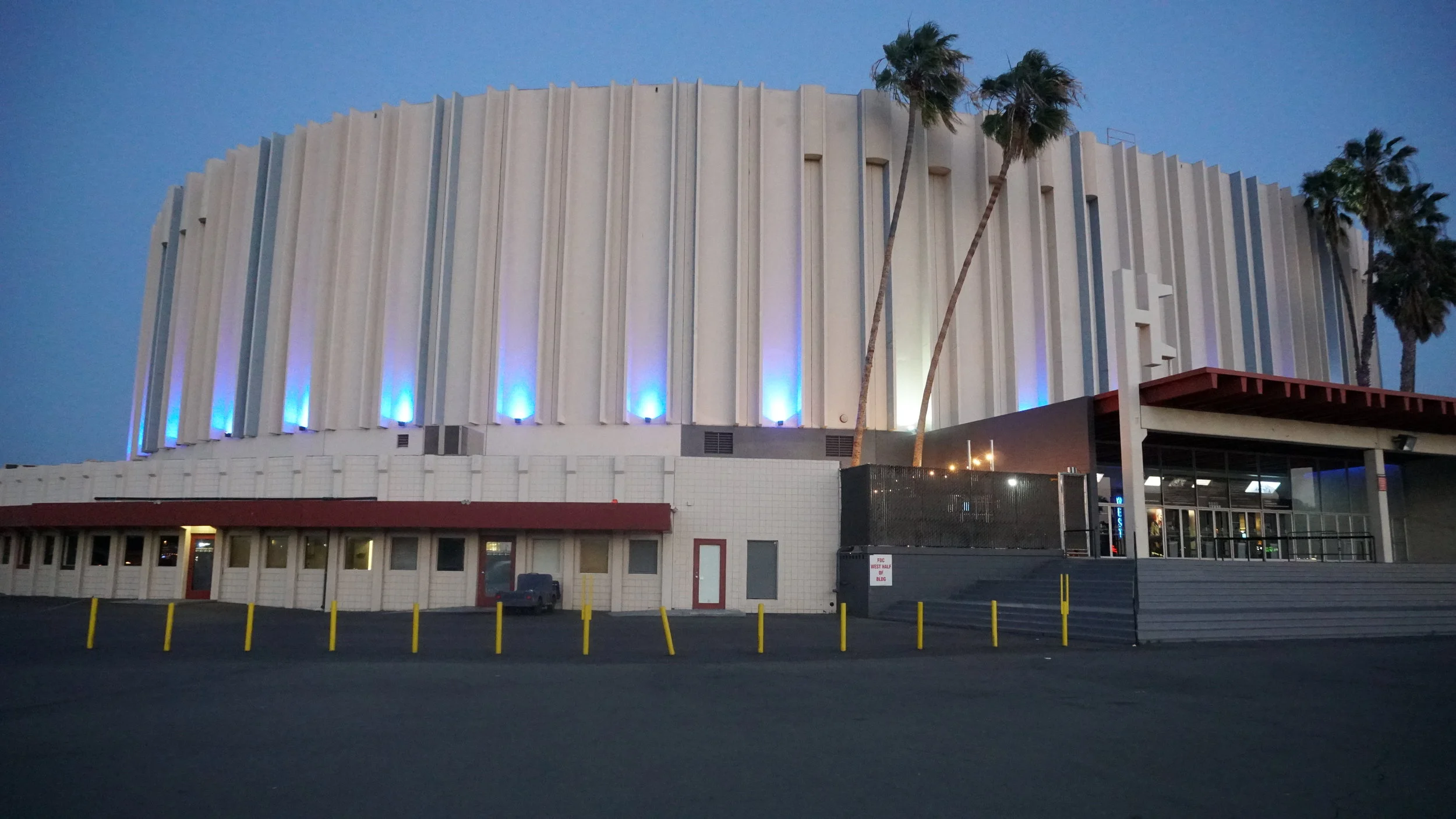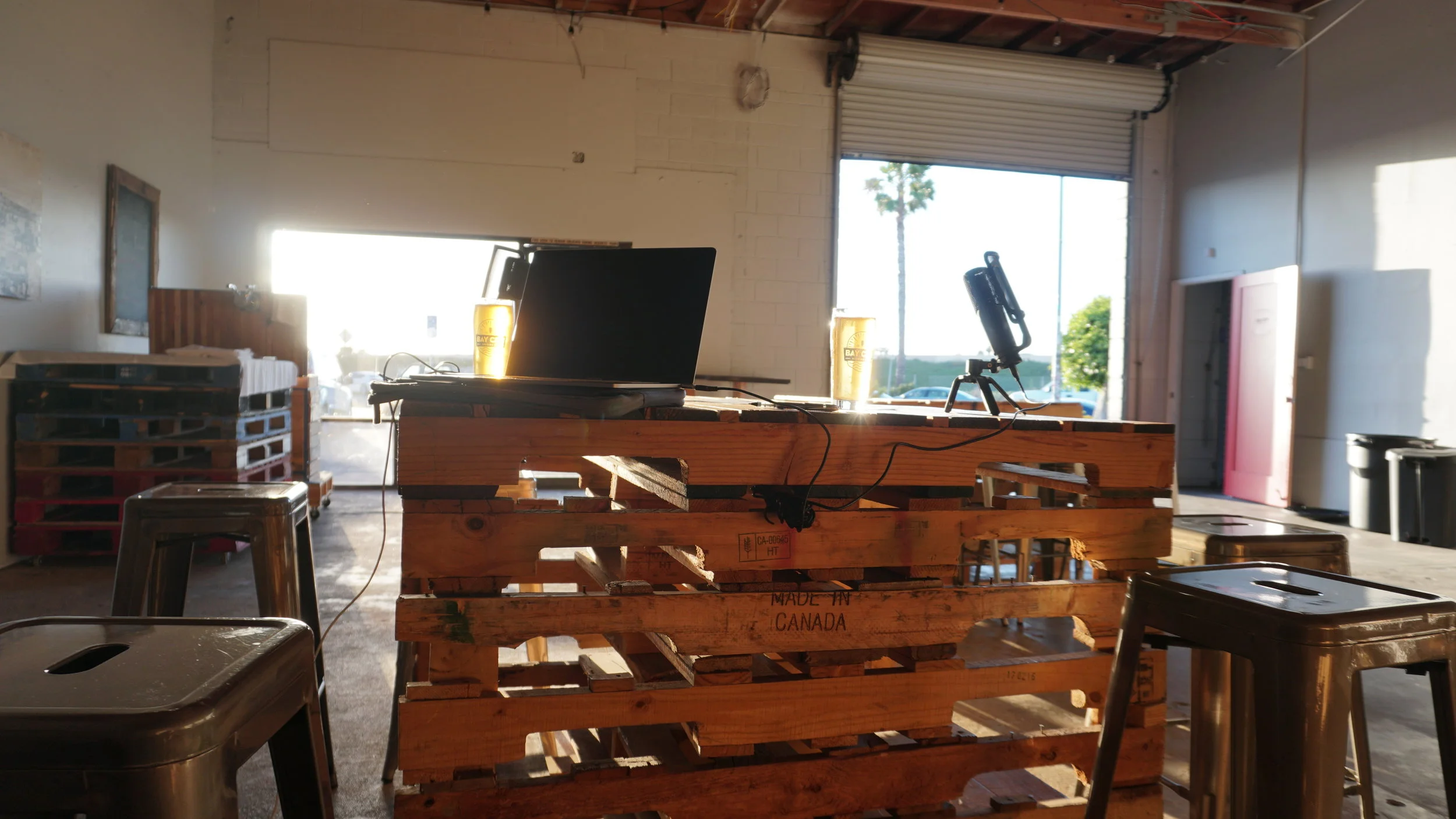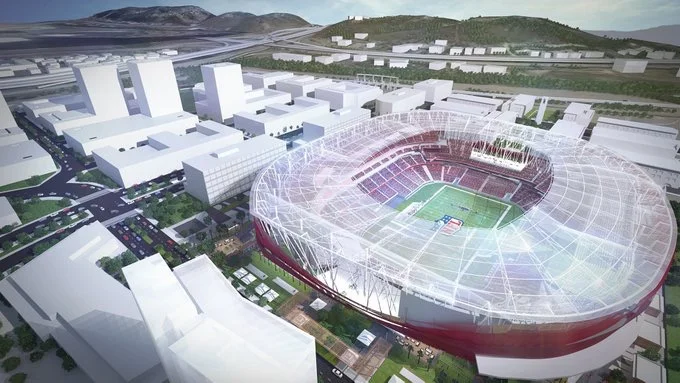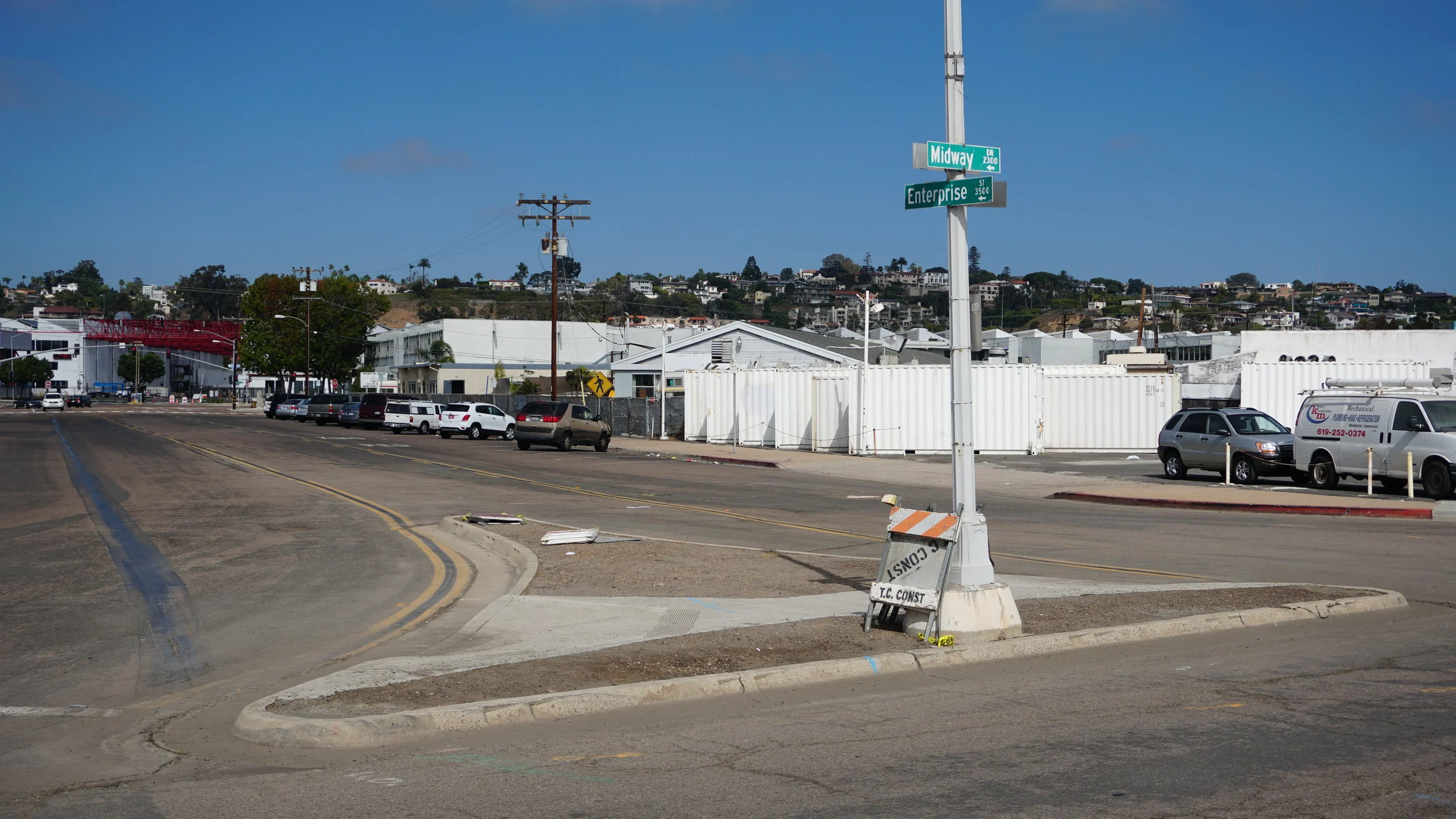Midway District Plan Update, Stadium Status and Housing Woes: San Diego Summarized | 7-30-18
Welcome to San Diego Summarized where each week we examine headlines from around the city:
This week we begin with an update to the Midway District Community Plan Update that we've been tracking for some time now. After a series of snags, delays, amendments and compromises, a finalized version of the community plan for one of San Diego's most prominent potential areas for redevelopment is facing one last hurdle when it is due to be heard by City Council for approval.
The new plan would more than double the homes that could be built in the areas around Midway Drive, Sports Arena and the Pacific Highway Corridor north of Little Italy, while simultaneously making room for 4,000 more jobs.
This proposed update is also in line with San Diego's legally binding Climate Action Plan, as it proposes dense housing developments along potential new jobs, helping to facilitate the city's commitment for half of residents who live in urban areas to commute without a car by 2035.
Ninety-nine percent of the growth envisioned in the Midway-Pacific Highway district is in so-called transit priority areas, or areas within a half-mile of high-frequency transit service.
The Voice of San Diego's Andy Keatts (aka the reigning San Diego SPJ Journalist of the Year) wrote a story that details the twists and turns that the proposed plan has transcended to arrive where it is now on the doorstep of the Council, and explains why some of the delays are quite natural while others might be a bit more synthetic.
"Despite its current holding pattern, the plan represents much of what the city has promised as its new approach to growth and development," writes Keatts.
"Roughly 75 percent of the community is covered by transit priority areas, the areas that are subject to the city’s goal to have half of residents commuting by walking, biking or taking transit by 2035. The plan would make way for 11,585 units, from the 1,982 that exist today."
“Almost all of these (new) units will be located in transit priority areas,” said Vickie White, the city’s lead planner for the area, at a committee hearing.
VoSD's weekly Politics Report carried an update to the stadium saga that is set to dominate headlines all the way through November.
This past week, the city's Smart Growth and Land Use Committee considered the new lease proposed by SDSU and city staff. The proposed lease was passed through committee and is now due to be heard by the full City Council on August 6th.
The existing SDCCU Stadium is old and quite literally crumbling. According to the city, it is due to be shut down at the end of the current year when the lease that San Diego State University holds now ends. At this time, no games, concerts or other events are being booked into 2019.
SDSU has been pushing for an extension of its lease for over a year now and the time has finally come for the city to make a decision.
The reality is that SDSU is currently planning on continuing to play its football games at the crumbling stadium. Images from a recent exhibition game this past Wedensday highlight the existing decay.
@shermansd7 @votegomezd9 @AlvarezSD Just got up from my “Premium” ICC seat to almost eat it in my flip flops at this “acceptable sporting venue” I’ve been coming to since I was in the womb (not hyperbole).
— General Enthusiasm Coordinator (@drewstork) July 26, 2018
I’m thinking this is unsafe. Condemn is maybe too light a word? #goaztecs pic.twitter.com/jMy9pK97rn
If the school's lease is not extended, the alternatives appear slim to none. J.D. Wicker, the athletic director at SDSU, said Petco Park was prohibitively expensive and presented some scheduling conflicts should the Padres make the playoffs someday.
There's a bit of a disconnect in that concern as the Padres are nowhere near being a playoff team. The Friars are currently rock bottom of the NL West and have won fewer games than any other ball club in the league this season.
Regardless, there are some actual facts to consider when it comes to the proposed lease extension as outlined in VoSD's reporting:
SDSU would pay the city not only a basic rent of $1.1 million but would give the city all the parking and concessions sold at game-day events. It would be an increase of about $1.7 million per year or more from what SDSU has been paying.
The university would also, like before, pay all the game-day costs for operating the facility, including the portable toilets, Jumbotron operation and security. This can be as much as $700,00 a year.
The city would still run a deficit operating the stadium.
There’s some confusion on this, though: The City Council’s independent budget analyst says the city is set to lose $7 million per year operating the stadium. The city’s financial management department, however, put the number at $4.4 million for this year and $4.6 million for next year.
The committee decided to pass the issue onto the full City Council but not before asking staff to go back to the negotiating table with SDSU.
“We are stewards of public money and public land. So I think if we can do a little bit better and just have better documentation and an analysis of the IBA, then we can make a better decision,” said Councilwoman Georgette Gomez, the chair of the committee.
The full Council is set to hear the item August 6. By then, the discrepancies should be identified if not rectified.
It is unclear how an extended lease would hold up in the face of the outcome of the November election. At present, there are two initiatives that are set for the ballot that, if successful, would enable the transfer of ownership of the Mission Valley site where SDCCU stadium sits to either the university itself or FS Investors, the backers of the SoccerCity proposal.
A recent report by the San Diego County Taxpayers Association outlined the impact of projected tax revenues generated by the two plans. According to the report, the SoccerCity plan will generate $4 million annually, over double what the SDSU West plan is projecting.
Why the city would opt to spend an extra $4.4-$7 million a year to prolong a decrepit stadium's existence when it could instead take steps to generate millions in revenue is anyone's guess.
We wrap up with a look at two stories that are intertwined.
San Diego City Councilmember Georgette Gomez chairs the the Smart Growth and Land Use Committee. She wants all of the city’s at-risk Affordable units in one searchable database that the city and affordable housing developers can easily access.
I've been told that there are a couple ways to look at housing. One is affordable and the other is Affordable. The latter, with the capital "A" indicates housing that is subsidized by government or policy.
Over 1,300 federally subsidized homes in the city of San Diego were lost from 1995 to 2016 due to expiring government contracts, according to data from the California Housing Partnership, a state agency created to help preserve California’s existing Affordable housing supply.
“There’s no comprehensive list, that’s the problem,” Gomez said.
“By having an inventory, it allows us to come up with a solution, whether it’s extending the Affordable designation or having a good relocation plan in place for those living there,” Gomez said. “That’s why this list is so critical.”
One proposed solution to the dearth of Affordable housing will have to wait until 2020 at the earliest.
New market rate developments dominate in San Diego
The San Diego Housing Federation opted to hold its proposed $900 million housing bond measure until 2020, following poll data that indicated it would be more favorable to make the push in a presidential election year.
“We’re choosing to move forward to 2020 because it provides our best chance of success,” said Stephen Russell of the Housing Federation.
The 2018 November election is looking more and more like it will be jam-packed with contentious issues, including a proposed tax increase that may be made more difficult to pass where it to share ballot space with the Federation's bond measure.
An increasingly crowded November ballot and a tight fundraising timeline persuaded them to stand down for two years.
San Diego has in recent years seen a surge in homelessness and experienced a housing crunch that has forced some to move elsewhere or onto the streets. A deadly hepatitis A outbreak that battered San Diego’s homeless population underlined the crisis – and the cost of inaction.
Yet while other California communities have in the past few years passed funding measures to bankroll more housing and homelessness solutions, San Diego hasn’t. Regions that can put up more of their own money can often pull in more state money or increase the impact of the state money they receive. Advocates have been particularly focused on two statewide November ballot measures that could raise about $6 billion for housing and veteran home loans.
“It is disappointing,” said Russell, who said his group would campaign for the housing-focused state ballot measures. “There’s a desperate need for affordable housing but we need to make sure we have the best chance for success.”
There is no silver bullet solution to housing and homelessness, but there is a growing consensus amongst people from a wide range of backgrounds that something needs to be done in order to address San Diego's most prevalent problem.
What exactly that is remains to be seen.
Questions? Comments? Concerns? Leave a comment below and join the conversation.







